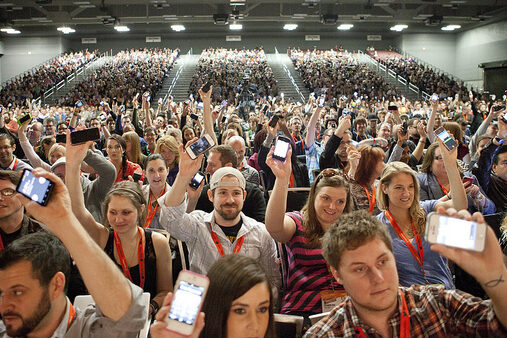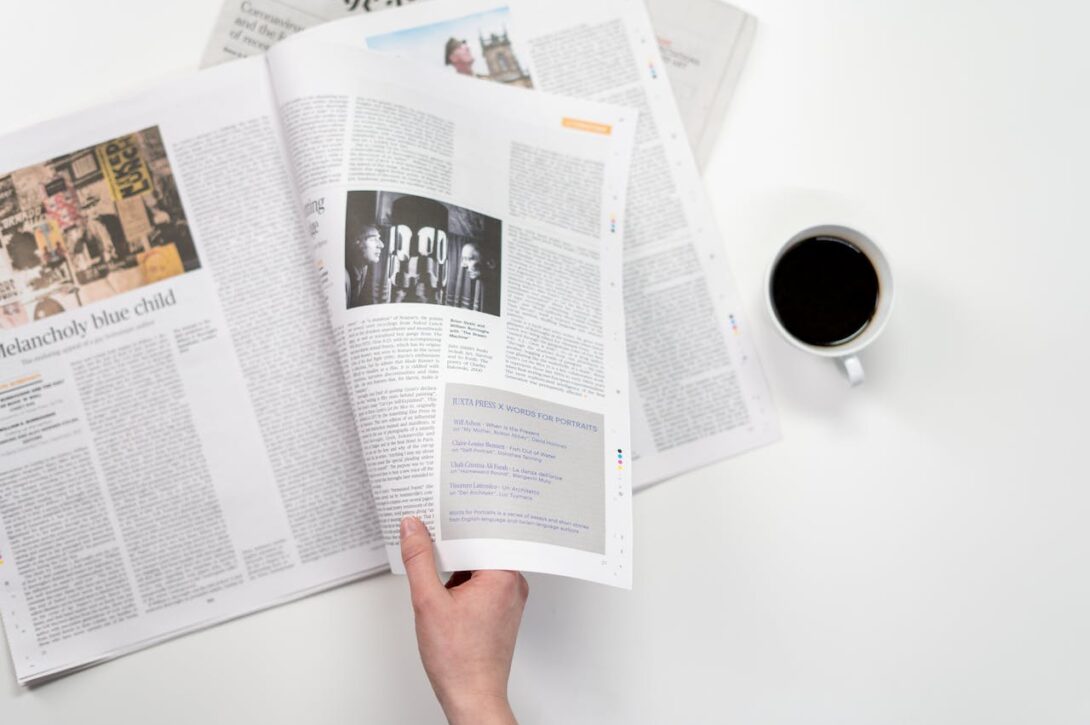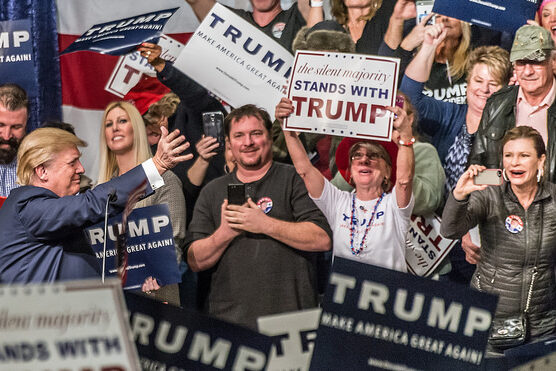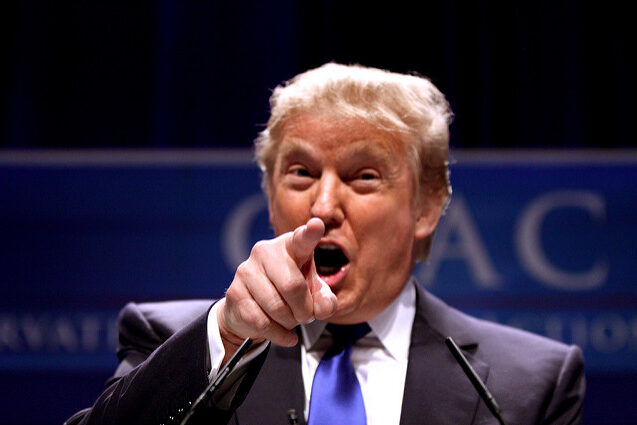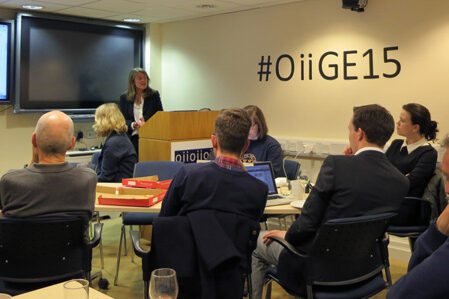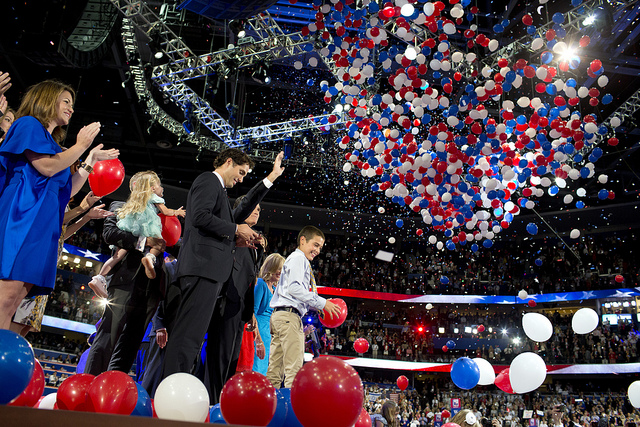Tag: Twitter
News
- Articles from Policy & Internet
- Books
- Call for Papers
- Child Safety
- Collective Action
- Conferences
- Democracy
- Development
- Economics
- Education
- Environment
- Ethics
- Governance & Security
- Health
- Interviews
- Mapping
- Methods
- Policy
- Politics & Government
- Publications
- Social Data Science
- Submissions Closed
- Tools
- Video
- Wellbeing
-

Does Twitter now set the news agenda?
Matthew A. Shapiro and Libby Hemphill examine the extent to which he traditional media is…
-
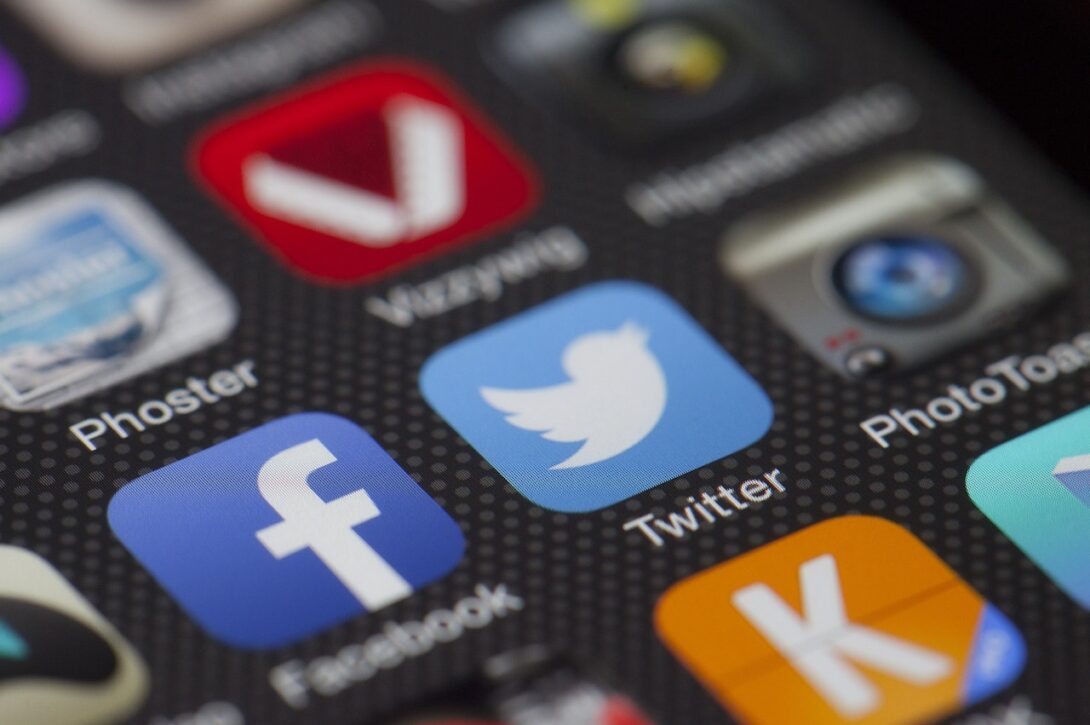
Political polarisation on social media: do birds of a feather flock together on Twitter?
Twitter’s connections tend to be less about strong social relationships and more about connecting with…


